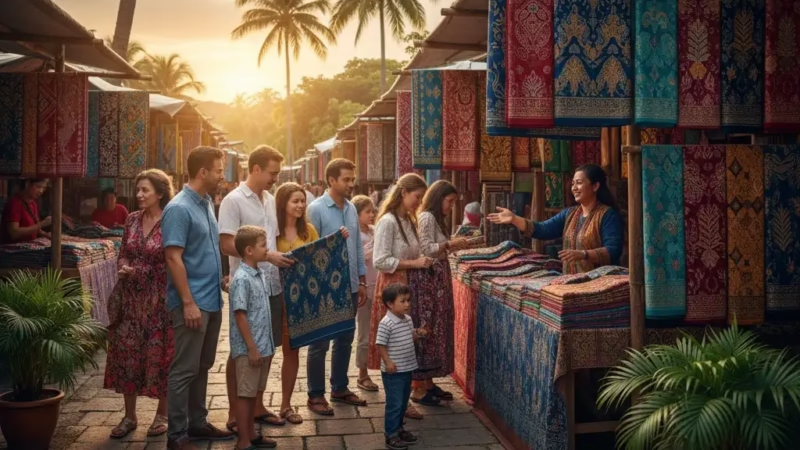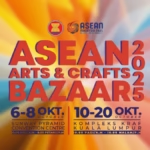How to Shop for Batik in Malaysia

Introduction
Shopping for batik in Malaysia is a delightful way to embrace the country’s rich culture and heritage. Whether you’re hunting for a stylish outfit, a unique home décor piece, or a meaningful souvenir, understanding the art of batik will enhance your shopping experience. This guide will teach you how to spot quality batik, navigate local markets and boutiques, and ensure you get authentic pieces without overspending.
Step 1: Understand What Batik Is
Before shopping, it’s important to know what batik actually is. Batik is a traditional fabric decorated with intricate patterns using wax-resist dyeing. Malaysian batik typically features floral or geometric designs and comes in vibrant colors.
Tip: Learn a few local terms like “batik tulis” (hand-drawn) and “batik cap” (stamped) to distinguish types.
Step 2: Identify Authentic Batik
Not all batik is handmade. Authentic batik is usually soft, vibrant, and shows slight variations in patterns due to handcrafting. Machine-made batik tends to look too uniform.
Tip: Gently feel the fabric—handmade batik often has a lighter, smoother texture.
Step 3: Choose the Right Type
Malaysian batik comes in many forms:
- Batik tulis: Hand-drawn, more expensive, and intricate.
- Batik cap: Stamped with copper stamps, more affordable.
- Batik printed: Mass-produced and least expensive.
Tip: Decide your budget and purpose before choosing—hand-drawn is perfect for keepsakes, printed for casual wear.
Step 4: Visit Popular Shopping Spots
Some of the best places to shop for batik in Malaysia include:
- Kuala Lumpur: Central Market, Petaling Street
- Penang: Little India, Georgetown boutiques
- Kelantan: Kota Bharu, renowned for hand-crafted batik
Tip: Local markets often offer bargaining opportunities, while boutiques provide higher quality and authenticity certificates.
Step 5: Bargain Smartly
In markets, prices are often flexible. Start by asking the price, then offer 20–30% less. Always be polite—smiling and showing appreciation for craftsmanship goes a long way.
Tip: Carry small bills; sellers may not have change for large notes.
Step 6: Inspect Before Buying
Check for consistent color, intact fabric, and clear patterns. For hand-drawn batik, slight irregularities are a sign of authenticity.
Tip: Avoid pieces with stains or faded dye unless that’s part of the artistic style.
Step 7: Learn About Care and Maintenance
Batik requires gentle care to maintain its vibrancy:
- Hand wash in cold water
- Avoid strong detergents
- Hang to dry in shade
Tip: Some high-quality batik can be dry-cleaned—always ask the seller for care instructions.
FAQs About Shopping for Batik in Malaysia
Q1: Is it expensive to buy authentic batik?
A: Hand-drawn batik is pricier, ranging from RM100–RM500, while stamped or printed batik is more affordable.
Q2: Can I wear batik casually?
A: Absolutely! Batik is versatile and suitable for casual, formal, and festive occasions.
Q3: How do I spot fake batik?
A: Machine-made batik often has repetitive, uniform patterns and lacks the natural texture of hand-crafted pieces.
Conclusion
Shopping for batik in Malaysia is not just about buying fabric—it’s an experience that connects you with Malaysian culture. By learning how to identify authentic pieces, choosing the right type, visiting key markets, and bargaining smartly, you’ll bring home beautiful batik that tells a story. Embrace the colors, patterns, and heritage, and enjoy the journey of discovering Malaysian artistry!





















Comments are closed.